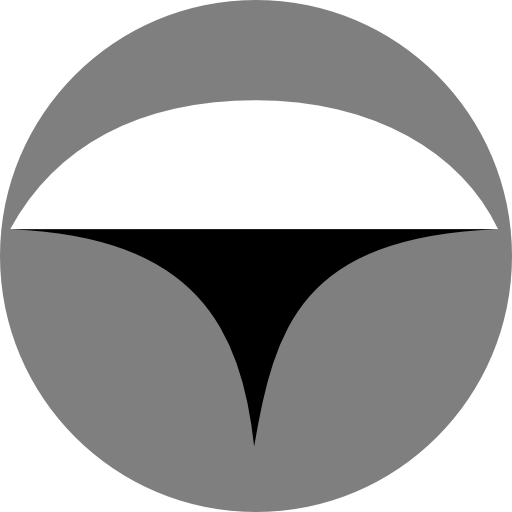Not only do we tend to have “bad” posture, but we tend to make bad use of the word, posture. The two problems are undoubtedly related. The word posture, in...
Read More
Posture
Release
Imagery
Release
Imagery
Not only do we tend to have “bad” posture, but we tend to make bad use of the word, posture. The two problems are undoubtedly related. The word posture, in...
Read MoreMany of us are aware (or vaguely suspect) that habit causes us neck, shoulder, back, or lower back pain, for instance. We have moved beyond blaming all of our pain...
Read MoreThe word, habit, has some other definitions, such as clothing worn by a member of a religious order or substance abuse, such as drug abuse. All definitions, including words like...
Read More“Calm up and tense down” is a short sentence that many have found useful. How about trying out this post’s suggestion, to sit while standing and stand while sitting, as...
Read MoreI think that I am beginning to see another principle, or part of a principle, of healthy posture that applies to imagery, our nervous system, and kinesthetic sensations. That principle...
Read MoreThe term, core stability, is used by many exercise regimens these days. Does the concept have value? Well, to me, it does… a bit. To me, core stability is a...
Read MoreWithin the Alexander Technique, the “monkey” is the name frequently used when talking about a general position that FM Alexander considered a particularly healthy position, a position of mechanical advantage.
Read MoreThe new illustration above and the image exercise I explain below started with my effort to depict a way to discuss developing a panoramic view of things. I drew circles...
Read MoreFor a couple of good reasons, I think that body surface sensations, among all the sensations, “rule.” First, they are “cool,” cool in the sense that they can prove to...
Read More